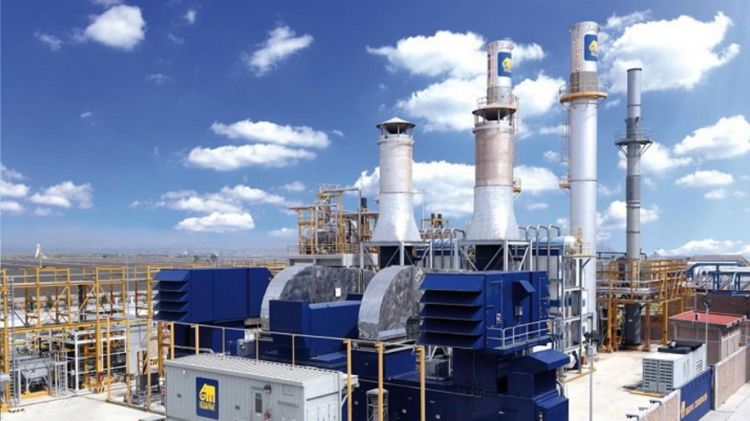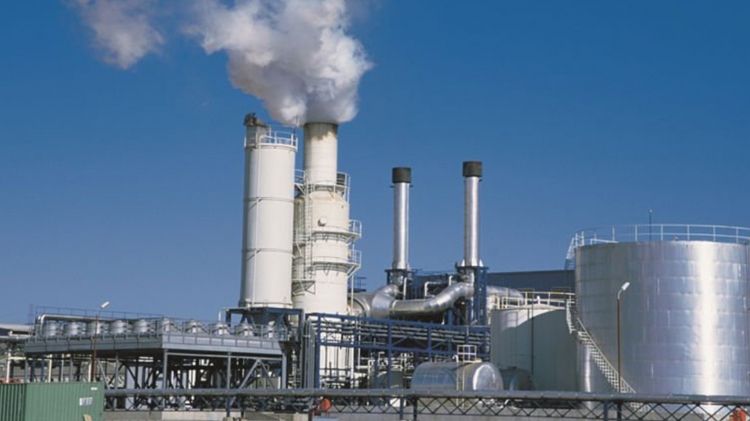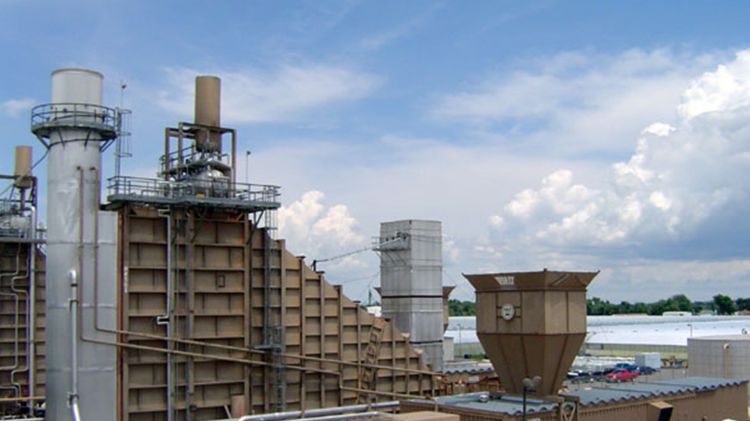If you have ever wondered what a cogeneration plant, you have come to the right place to find the answer. This is a subject that has raised a lot of interest in recent times, motivated by the need to increase energy efficiency. This as one of the measures to follow, to be in tune with the objectives of the Paris Agreement.
here you will learn what is a cogeneration plantits operating principles, its types and the advantages that this type of system can provide us.
What is a cogeneration plant?
A cogeneration plant manages a primary energy source to simultaneously produce heat and electricity in a single facility. This results in a higher power output than would be achieved with two independent output sources.
It covers a range of technologies, but you are always include an electricity generator and a heat recovery system. Cogeneration is also known as combined heat and power or by its CHP.
almost all thermal energy produced by combustion processes is not dissipated into the environment, as usually happens with traditional plants, since it is recovered and reused. The most popular cogeneration technologies involve the combustion of fuels such as diesel, biogas, biomethane, natural gas, LPG, vegetable oil or biomass.
How does a cogeneration plant work?
In conventional power plants, electricity is generated by boiling water, which creates the steam that turns a turbine, which will produce the kinetic energy needed to generate electricity. Fossil fuels such as coal, natural gas or oil are used to heat the water.
Every step of this process wastes energy, especially when the heat produced to generate steam is only discharged into the sky. If the plant releases that heat into the environment as exhaust, it represents a huge waste of energy. Much of that heat can be captured and used for other purposes.
When heat reuse occurs, the power plant works as a cogeneration system. Due to the advantages of CHP, only 10-30% of the energy is lost, which increases energy efficiency by 70-90%.
History behind the Cogeneration Plant
Combining heat with power is not a new idea, as it dates back to the 1880s and 1890s, when it was first used in Europe and the United States. During those years, many industries began to use their own coal-fired power plants to produce the electricity that powered their mills, factories, or mines.
The steam that was generated as a by-product was used as thermal energy for various industrial processes or for space heating. Thomas Edison was the one who designed and built the first commercial power plant in 1982. in the United States and which ultimately turned out to be a cogeneration plant.
Edison’s Pearl Street Station in New York supplied steam to local manufacturers and also provided heat to nearby buildings.
Benefits of using a Cogeneration Plant
There are several benefits to using CHP. The main reasons for using a cogeneration plant are that it saves energy and costs by reducing fuel consumption.. Because it generates heat and electricity simultaneously, a cogeneration system can significantly benefit commercial and industrial customers.
With a cogeneration plant, by producing heat and electricity from the same fuel, energy efficiency is increased, cost savings are guaranteed and the environment is protected. Less fuel is needed to generate the same amount of useful work that would be produced in a conventional power plant.
A cogeneration plant often operates with efficiencies ranging from 50% to 70% higher than conventional power plants. Energy cogeneration is part of the energy strategy promoted by the European Union.
What can the technology of an electric cogeneration plant achieve?
The technology used by a Cogeneration Plant can:
- When heat and power generation are integrated into a single generator, you can increase the overall effectiveness of the amount of power you use.
- Lower energy costs.
- Reduce dependency on the electricity grid, as there is often a Cogeneration Plant present or nearby.
- Making the probability of power outages due to network problems much lower.
- Promote energy independence and reduce energy imports.
- Reduce the amount of emissions.
- Allow to use sustainable energy sources, such as biomass.
- Be modified to meet the requirements of all customers, including residential.
- Influence the probability of receiving financial incentives for energy efficiency initiatives.
Types of Cogeneration plants
The typical forms in which we can find a Cogeneration Plant include:
- Gas Turbine Cogeneration Plants They use the waste heat from the exhaust gases of gas turbines.
- Cogeneration plants with reciprocating gas engines which are up to a capacity of 5 MW, more profitable than gas turbines.
- Cogeneration plants with a biofuel enginewhich are very similar to gas-powered CHP plants and use either a modified reciprocating gas engine or a diesel engine, depending on the biofuel used.
The use of biofuels has the advantage of reducing the use of fossil fuels and, consequently, carbon emissions.
- Combined cycle power plants with conversions to cogeneration plants.
- Steam cogeneration plants where the steam condenser for the steam turbine is the heating system.
- Nuclear power plants can also be equipped with extractions on turbines to purge partially expanded steam to a heating system.. This occurs in the same way as normal steam turbine power plants. For every MW of power loss, it is feasible to extract around 10 MW of heat.







